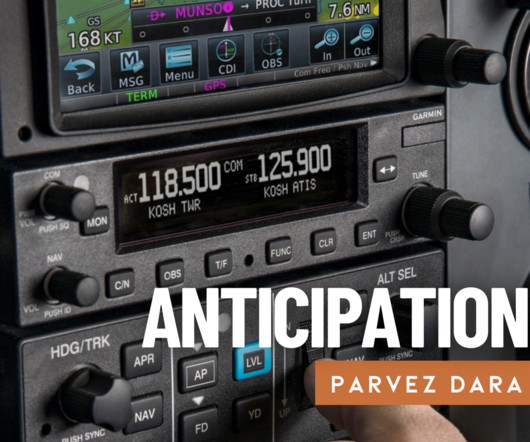Anticipation
Air Facts
DECEMBER 11, 2024
So, there you are, flying at 6,000 feet with a nice tailwind, riding the wave of speed looking at the groundspeed hit the marks you have not seen in a while. You look at the multifunction display and notice the groundspeed is slowing down to your true airspeed as if the wind has suddenly traded in for calm. All is good with the world.










Let's personalize your content